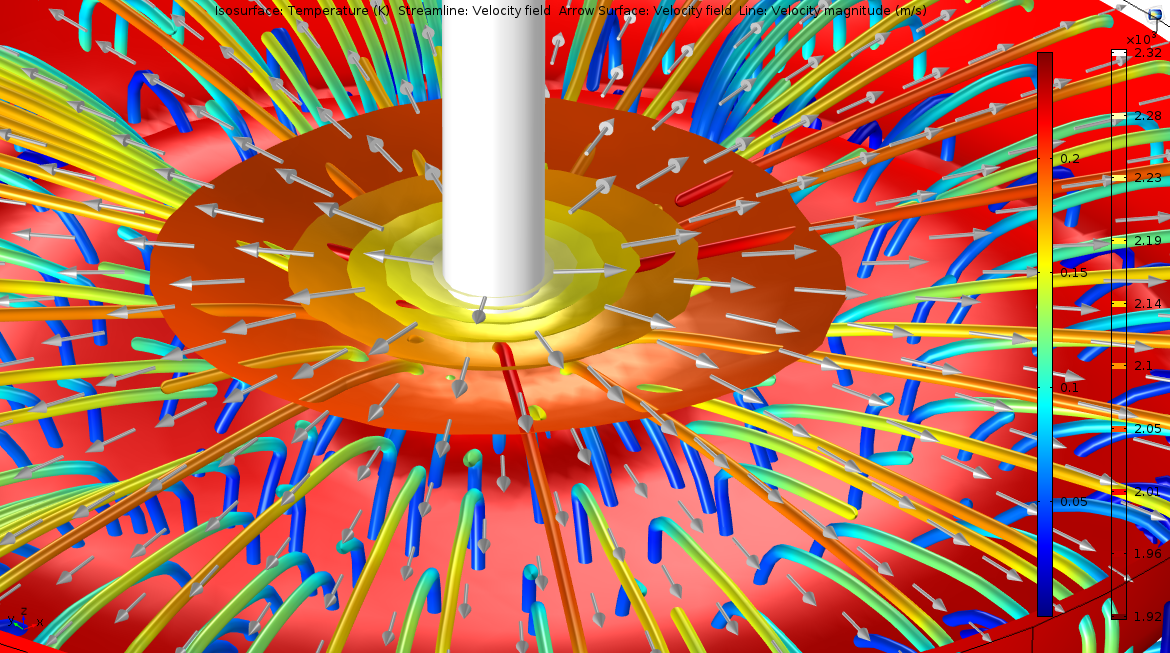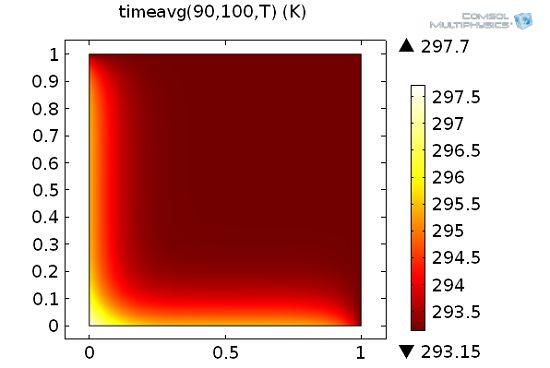


Real surfaces have a spatial frequency “cutoff” due to their finite size and due to the fact that when “zooming in”, you will eventually hit some new type of microstructure behavior.Īnother way of characterizing surface roughness is with respect to its spatial frequency content. Using a fractal dimension measure can be a useful approximation, but we need to remember that real surfaces aren’t fractal in nature over more than a few orders of magnitude of scale. The range of fractal dimension values for curves going from 1 (left) to about 1.2 (center) and to 1.6 (right).

Correspondingly, a curve of fractal dimension 1 is smooth almost everywhere, the value 1.5 represents a fairly rugged line, and values close to 2 represent something that is close to “2D space filling”. A surface of fractal dimension 2 is an ordinary, almost everywhere smooth surface the value 2.5 represents a fairly rugged surface and values close to 3 represent something that is close to “3D space filling”. One way is to use its approximate fractal dimension, which is a value between 2 and 3 for a surface. There are many ways to characterize a rough surface.
How to take integral a surface in comsol 5.1 how to#
In this blog post, we show you how to generate a randomized surface with what amounts to a “one liner” expression with detailed control of the constituent spatial frequency components that determine the nature of the surface’s roughness. To easily generate random-looking geometric surfaces, the COMSOL Multiphysics® software provides a powerful set of built-in functions and operators, such as functions for uniform and Gaussian random distributions and a very useful sum operator.


 0 kommentar(er)
0 kommentar(er)
